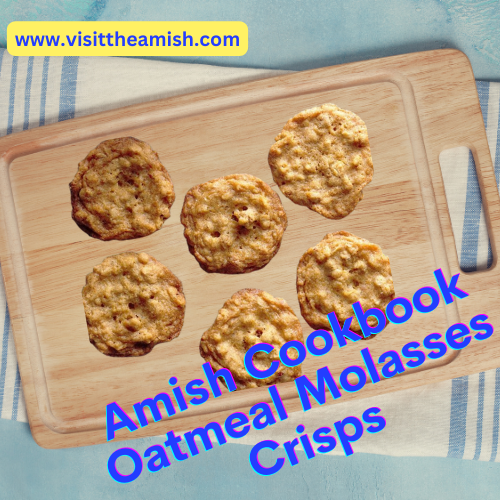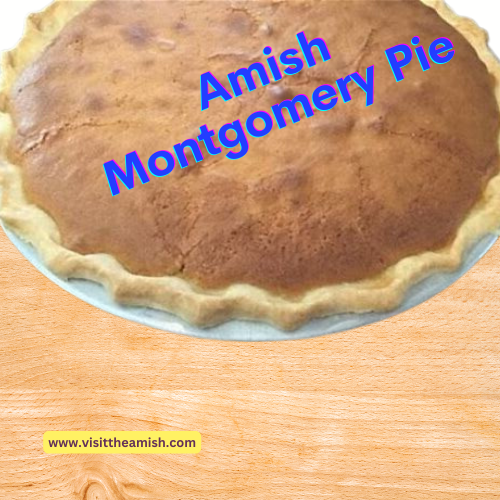The Amish Horse-Drawn Buggy Is More Tech-Forward Than You Think
The tech inside this 19th-century conveyance isn’t stuck in the 19th century.
Despite what you heard, the Amish aren’t against technology. Communities adopt new gadgets such as fax machines and business-use cell phones all the time—so long as the local church approves each one ahead of time, determining that it won’t drastically change their way of life.
So it is with the Amish horse-drawn buggy. You might have thought the technology inside this 1800s method of transportation stopped progressing right around then. Instead, buggy tech keeps advancing, and buggy makers have become electricians and metalworkers to build in all the new tech you can’t see under the traditional black paint.
Even if you skip luxury options such as a propane-powered heater, cupholders, and speedometer, a buggy is an expensive thing.
Brakes
Buggy brakes are automotive-style, non-powered drum or disc brakes mounted to two wheels. When a driver wants to stop, he or she halts the horse using the reins and halts the buggy by stepping on the brake pedal so that it doesn’t run into the horse. Our builder estimates 90 percent of buggy buyers stick with drums, in part because of the old-fashioned aesthetics—braking systems on buggies are very visible—and partly because all drum components can be made in Amish communities.
“Back in the ’60s, a local Amish man started going through junkyards and getting the old seven-inch VW brakes,” one builder says, “salvaging them, repairing them, and cleaning them up, and retrofitting them to buggies. After a while he started getting good castings made. Now all the buggy brakes are manufactured by buggy shops.”
Builders cast the drums in steel and the backer plates and shoes in aluminum-tin alloy. “We’ll buy the castings, and we’ll machine, we’ll drill the holes, we’ll process them, and install the components,” he says. “We actually bond our own shoes. We buy brake lining from a brake company in Ohio.”
The few disc brakes used on buggies are off-the-shelf parts bought from outside Amish communities and usually were manufactured for dune buggies. For both drums and discs, the brake master cylinder, which moves the hydraulic fluid that actuates the brakes, is mounted underneath the body near an Amish-made pedal assembly whose foot pedal pokes up through the floor into the interior. The master cylinders are made of anodized aluminum at an Amish shop, also in Ohio.
Electrical
States with large Amish populations, such as Ohio and Pennsylvania, have laws that require buggies to light up when sharing public roads with automotive traffic. Which means these old-fashioned vehicles have electrical components.
“Ninety-nine percent of buggies are built with a dash—a console on the front panel—and in that switch box is all the switches you need,” says our builder. “We have headlights, taillights, interior lights, and a turn signal switch.”
Shops buy LED components and assemble systems based on a customized turn signal developed by Lancaster County’s Amish builders 50 years ago. It’s a pedestal lamp with an amber headlight on the front and a red taillight on the back, one lamp for each side of the buggy. Bulbs stay on low-beam during normal use, but flicking a turn signal toggle switch activates a brake-light-style system that turns on the high-beams. There’s your Amish turn signal: A buggy whose left-side headlight and taillight are brighter than their right-side counterparts is about to turn left.
“We actually looked into doing financing through the banks, but we don’t have titles for buggies, so the banks are squeamish about it.”
To power these lights, batteries are all over the place. “For many, many years we just simply used a standard deep-cycle marine battery because everything was incandescent, and we needed more power,” says the builder. Nowadays, they use cordless tool batteries. A single 20-volt/6-amp battery, the type that powers an electric drill, runs the whole electrical system for two to three hours on a charge. Those traveling for longer carry spare batteries.
“There was actually an alternator system attempted in the last five years,” he says. “It worked about 60 percent, but it never took off.”
Body
The main body is fiberglass. It’s pre-manufactured off-site and shipped to Amish builders across the country for finishing. They add aluminum components to areas that see a lot of wear, such as door sills. Everything else is white oak or ash wood framing stretched over with fabric, plusher linings for interior surfaces, and a tough polyester for exterior surfaces, all to save weight.
“Back in the ’60s, a local Amish man started going through junkyards and getting the old seven-inch VW brakes.”
“A new technology is thermally modified wood,” our builder says. “Thermally modified is, basically, they cook the livin’ daylights out of it. Like a kiln. Your common dried lumber, they take it down to 10 to 20 percent moisture. Thermally modified is taken down to almost zero-percent moisture. They just bake the moisture out of it, and then it’s stabilized and real hard to rot.”
Tires and Wheels
Amish buggies roll on either steel or solid rubber tires, but our builder says most use steel. Both are built in-house. “Your steel-tire buggy actually pulls easier than a rubber-tire one because of the compression of the rubber,” he says. “Now, if you’d have pneumatic tires it’d be different, but with a solid rubber tire it has compression. Of course, the pro with rubber is that it’ll be quieter.”
Rubber tires also stress the turning mechanism (the fifth wheel) harder, so brakes are mounted on the rear wheels if a buggy has rubber tires. Steel-tire buggies have the brakes on the front wheels because the sliding of metal on road takes some of the stress off the fifth wheel. For the wheels mounted within the tires, they’re wood, steel, aluminum, or fiberglass.
“I prefer the wooden wheel yet,” the builder says. “That’s my number-one choice, for several reasons. It’s quieter, and it’s repairable. If you bust a spoke or something, you can easily pop off a tire, replace a spoke, and pop it back together again.” In the past five years, Amish buggy builders have developed an automotive-style tubular-steel torsion bar suspension that mounts the body over traditional leaf springs or, more recently, air bags.
How the Amish Buy a Buggy
Like car-shopping, the first step is to choose a general model of buggy as a base to build upon. You could opt for a two-seater, four-seater, half-enclosed, completely open, and so on. Then you pile on the options from the shop’s checklist. Even if you skip luxury options such as a propane-powered heater, cupholders, and speedometer, a buggy is an expensive thing.
“Average cost of a buggy is $8,000,” says our builder. Families usually have several types at once, for different uses, and each one they buy outright with cash. “We actually looked into doing financing through the banks,” he says, “but we don’t have titles for buggies, so the banks are squeamish about it.” If somebody needs it, though, builders will finance them a buggy without the banks.
“A lot of people will get 20 or 30 years out of a buggy before they do any major rebuilding of it. There’s a strong demand for good used buggies because of youth. Most people will buy their 16-year-old son a horse, a harness, and a used buggy. And then we have people who trade in their buggy every five to eight years. It’s like the mainstream world. A lot of these buggies will be running 40 or 50 years, rebuilt several times.”
Like this:
Like Loading...








